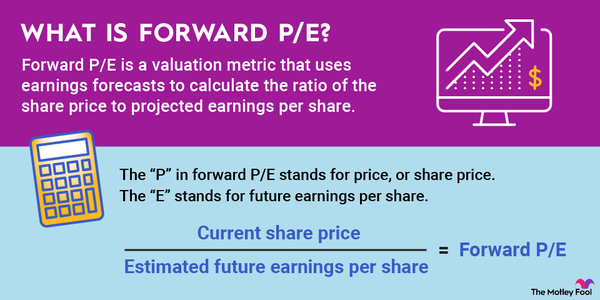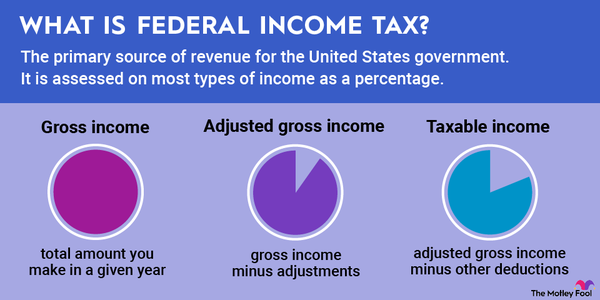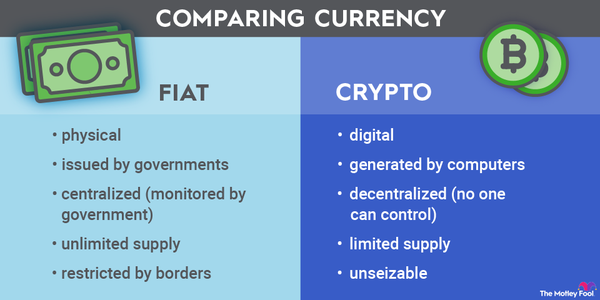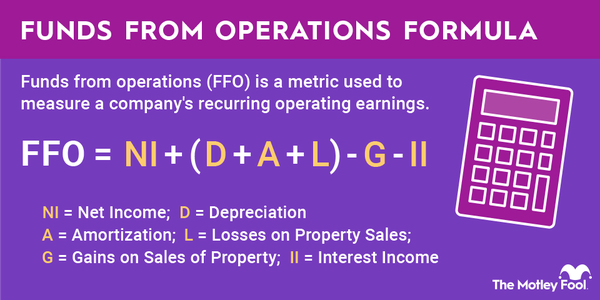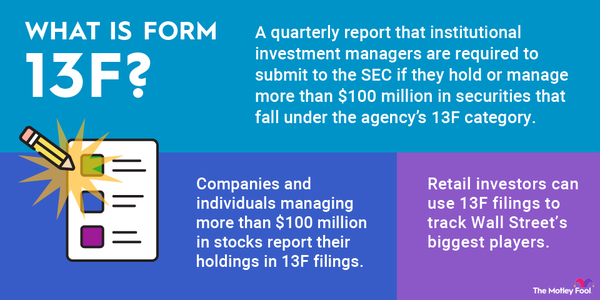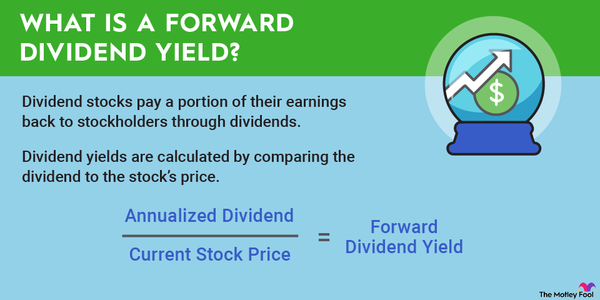First In, First Out (FIFO) is an accounting method that’s used to measure the value of inventory for a business such as a retailer or a manufacturer.

FIFO contrasts with LIFO (Last In, First Out); the accounting method that a business chooses to record inventory can affect accounting profits and taxes. Additionally, FIFO is a real-world inventory management tactic, dictating how a business should use inventory.
What does FIFO mean?
What does FIFO mean?
As an accounting measurement, FIFO means that the first goods in, or purchased, are the first good out, or sold and recorded as a sale.
Because prices for commodities and other inputs in cost of goods sold (COGS) can fluctuate frequently, it’s important for businesses to have a standardized method of measuring the cost of goods sold. Generally, two of the most popular options are FIFO and LIFO, which have their own advantages and disadvantages.
Cost of Goods Sold
Why does FIFO matter?
Why does FIFO matter?
For accounting purposes, choosing FIFO will generally give a lower cost of goods sold than LIFO. Costs tend to rise over time so materials, commodities or merchandise are likely to be more expensive now than a year ago. FIFO will show higher gross profits and net profits than LIFO.
Businesses generally want higher profits. But higher profits also lead to a higher tax bill, so some businesses will use LIFO accounting to lower their taxes. Some businesses use two different sets of books for accounting and taxes, although this requires filing additional forms with the IRS.
Typically, FIFO applies only to accounting, but there are also real-world applications for this method of inventory management. A business that uses perishable goods, like a restaurant or another food business, will use FIFO to manage inventory to minimize spoilage. Generally, FIFO is the best method for managing real inventory to avoid even non-perishable items from collecting dust.
Understanding the LIFO Reserve
Understanding the LIFO Reserve
For investors, one of the most frequent implications of FIFO is in the LIFO reserve, the accounting term that measures the difference between the FIFO and LIFO methods in cost of goods sold. If your business uses LIFO for taxes and FIFO for financial reporting, the difference between the two is generally considered the LIFO reserve.
Among publicly traded companies, the LIFO reserve is the one of the most common implications of FIFO and LIFO accounting. Walmart (WMT 1.51%), for example, mentioned LIFO charges several times on its fourth-quarter fiscal 2023 earnings call, and said its LIFO charges could reach $500 million in fiscal 2024 due to the impact of inflation. Because of high inflation, the LIFO charge, or reserve, is higher than normal.
How do you use FIFO?
How do you use FIFO?
Let’s say a business buys lumber every month over three months. In the first month, lumber costs $300 per 1,000 board feet; in the second month, it costs $400 per 1,000 board feet; and in the third month, it costs $500 per 1,000 board feet.
If you bought 10,000 board feet in each month and used 15,000 board feet in the quarter, then you would account for that using the FIFO method as 10,000 board feet at a cost of $300 per 1,000 board feet and 5,000 board feet at a cost of $400, or a total of $5,000.
Using the LIFO method, the cost of goods sold for the quarter would be $7,000, or $5,000 for the first 10,000 board feet, and the same $2,000 for the remaining 500 board feet.
The FIFO method would result in $2,000 less in cost of goods sold and $2,000 more in profit than the LIFO method, even though the business performed the same activities.
Understanding FIFO is helpful if you’re running a business, if you’re an investor, or if you’re interested in knowing more about how business accounting works. There are other types of accounting methods, including specific identification, which requires businesses to track each individual unit that’s sold, but FIFO is the most common method for financial reporting because it’s straightforward and intuitive.
Whether you’re investing in a bull market or not, understanding FIFO is one of the many steps you can take to learn more about the businesses you’re investing in.


















